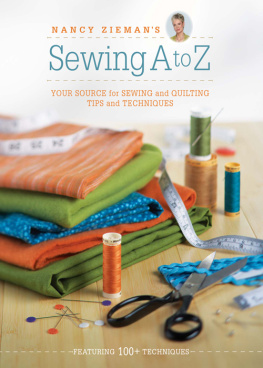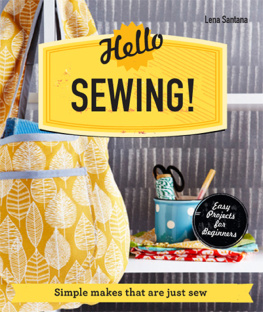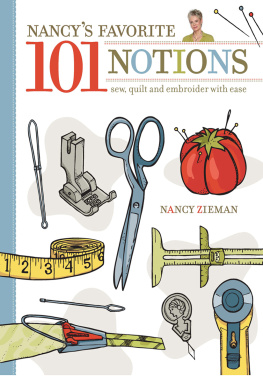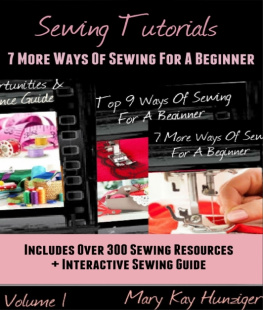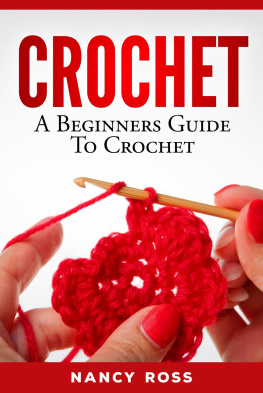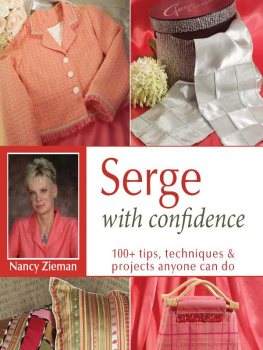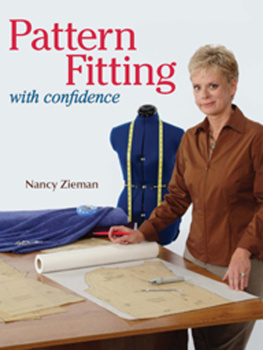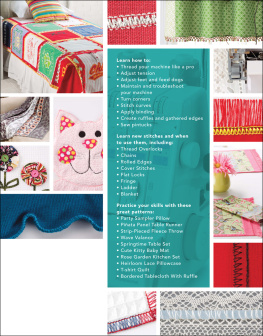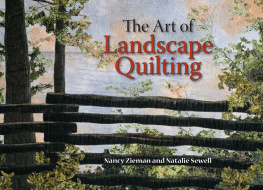Thank you for purchasing this Martha Pullen eBook.
Sign up for our newsletter and receive special offers, access to free content, and information on the latest new releases and must-have crafting resources! Plus, receive a coupon code to use on your first purchase from Store.MarthaPullen.com for signing up.
or visit us online to sign up at
http://marthapullen.com/ebook-promo
2004 Nancy Zieman
Published by

700 East State Street Iola, WI 54990-0001
715-455-2214 888-457-2873
www.krause.com
Our toll-free number to place an order or obtain
a free catalog is (800) 258-0929.
All rights reserved. No portion of this publication may be reproduced or transmitted in any form or by any means, electronic or mechanical, including photocopy, recording, or any information storage and retrieval system, without permission in writing from the publisher, except by a reviewer who may quote brief passages in a critical article or review to be printed in a magazine or newspaper, or electronically
transmitted on radio, television, or the Internet.
The following company or product names appear in this book: Bamboo Pointer and Creaser, Chacopel, Chaco-Liner, EZ Feeder Guide, Ezy-Hem Gauge by Dritz, Fasturn, Fine Fuse, Fix Velour, Fray Check, Fusible Tricot, Iron Quick, Jeans Stitch Thread, Jet-Air Threading Serger, Lightweight Pellon, Little Wooden Iron, Omnigrid, Pellon Bi-Stretch Lite, Pocket Curve Template, Sewers Fix-It Tape, Stacys, Shape Flex, Teflon, ThreadFuse, Triangle Tailors Chalk, Velcro, Whisper Weft, Wonder-Under
Library of Congress Catalog Number: 2004093874
ISBN: 0-87349-811-9
eISBN: 978-0-8734-9811-1
Edited by Barbara Case
Designed by Marilyn McGrane
Illustrations by Laure Noe
Photographs by Dale Hall
Printed in the United States of America
Table of Contents
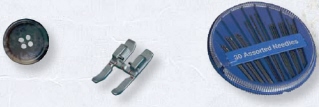
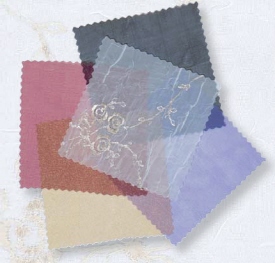
Introduction
Congratulations. You have in your hands the one and only book you will need to lead you to success as a sewer.
Many of you will know me from my television show, Sewing With Nancy, and from ordering supplies from Nancys Notions. I began sewing when I was 7 and have that first apron to prove it. Yes, Ive advanced to sewing jackets, blazers, appliqud garments and dozens of more difficult projects. But we all started at the beginning. And thats what this book does.
Inside these pages you will find all the information you need to become a successful sewer. We begin with the selection of tools and fabrics. Then we start sewing. Youll find step-by-step instructions for installing zippers and constructing sleeves. We even show you how to make pillows, curtains and gift bags.
And along the way Ill share some motivating messages and tips of the trade.
So, lets get sewing.
Regards,



CHAPTER 1
Tools
Tools help you to mold and shape your fabric into finished pieces. Like a sculptor with clay, you too must encourage the fabric to take a shape other than its own, transforming it from a formless state into a recognizable creation. Every cut, every mark that you make brings you one step closer to the realization of your creative vision.
Cutting Tools
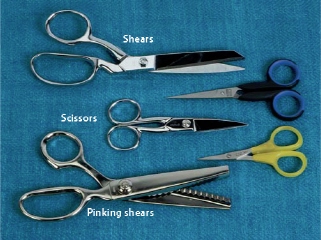
Shears
Ideal for cutting out fabric, shears have blades longer than 6" and two different-sized handle bows or loops (a smaller opening for the thumb; a larger opening for two or more fingers). Some shears have bent handles that keep the fabric flat when youre cutting, making it easy to cut straight, accurate lines. Buy the best quality shears you can afford. Take good care of them and theyll last for a lifetime of good sewing.
Pinking Shears and Scallop Shears
Use pinking and scallop shears primarily for creating decorative finishes on no-fray fabrics such as oilcloth and synthetic suede. Pinking shears cut a zigzag edge. Scallop shears cut a rounded, scalloped edge.
Scissors
Scissors have blades less than 6" long and identical handle bows for the finger and thumb. Used mainly for clipping threads and trimming seams, theyre also great for crafts.
Motivating Memo Caring for cutting tools properly is important to make them last longer and work better. Here are some guidelines:
If the blades become dull, have them sharpened.
Dont drop scissors, shears, or rotary cutters. This could damage the blades or make it difficult to cut accurate, crisp lines on the fabric.
To keep the blades sharp longer, use your shears, scissors, and rotary cutters only for sewing.
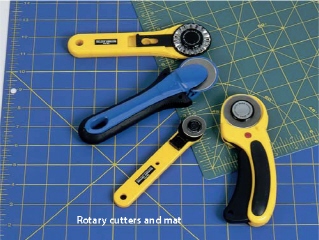
Rotary Cutter and Cutting Mat
A rotary cutter, originally designed for quilt making, looks and works like a pizza cutter. The round razor-like blade at the end of the handle is retractable when not in use and is replaceable. Remember to cover or retract the blade when not in use to avoid injury.
Rotary cutters are available in many sizes. Use the larger size for cutting straight edges or heavier fabric. Save the smaller cutters for cutting out pattern pieces on light- to mid-weight fabrics they provide greater maneuverability around curved areas than larger ones.
You must use a cutting mat with a rotary cutter. The mat/cutter duo is perfect for accurately cutting several layers of fabric and for protecting your work surface. The gridded ruler on the mat is very helpful. Choose a mat with precise grid markings.
Cutting mats are made of self-healing material that is not damaged by the rotary cutter blade.
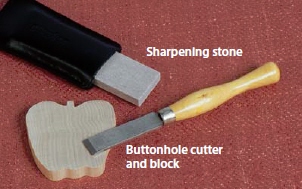
Buttonhole Cutter, Block, and Sharpening Stone
Use a buttonhole cutter and block to open stitched buttonholes for a professional look. The cutter has a hardwood handle and a hardened steel blade; the wooden block comes in various shapes.
A sharpening stone is useful for maintaining quality sewing shears and scissors. Use the stone to sharpen the blades periodically to ensure clean-cut edges. Slide the stone upward along the beveled surface of the knife edge blade, working from the tip of the blade to the shank. After honing, wipe the blade clean.


